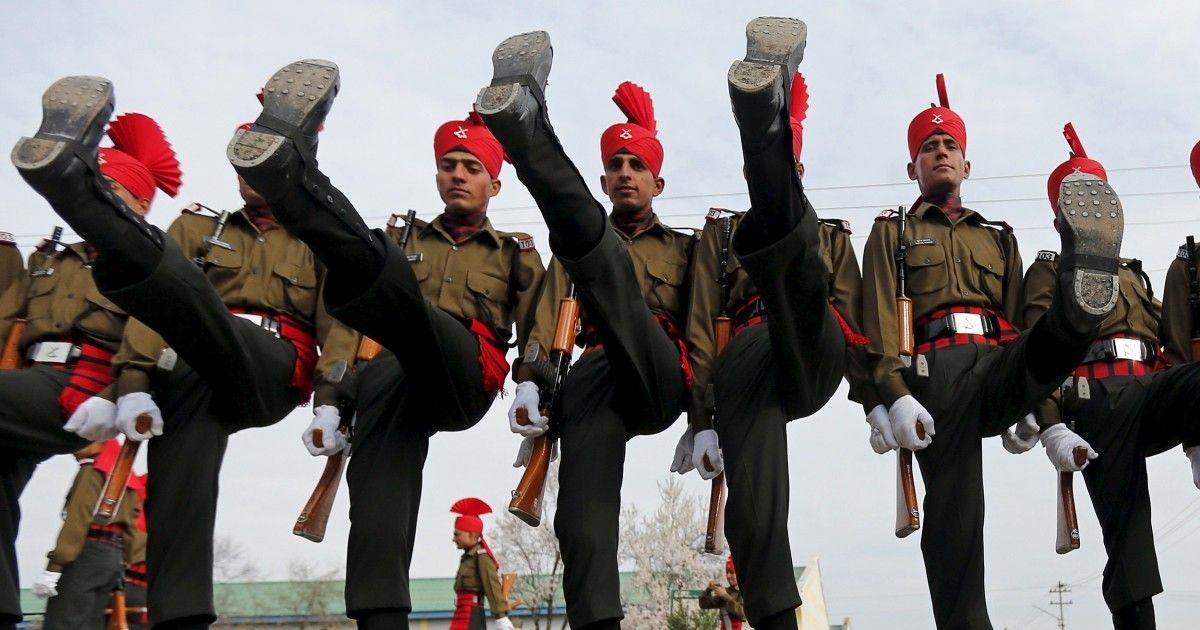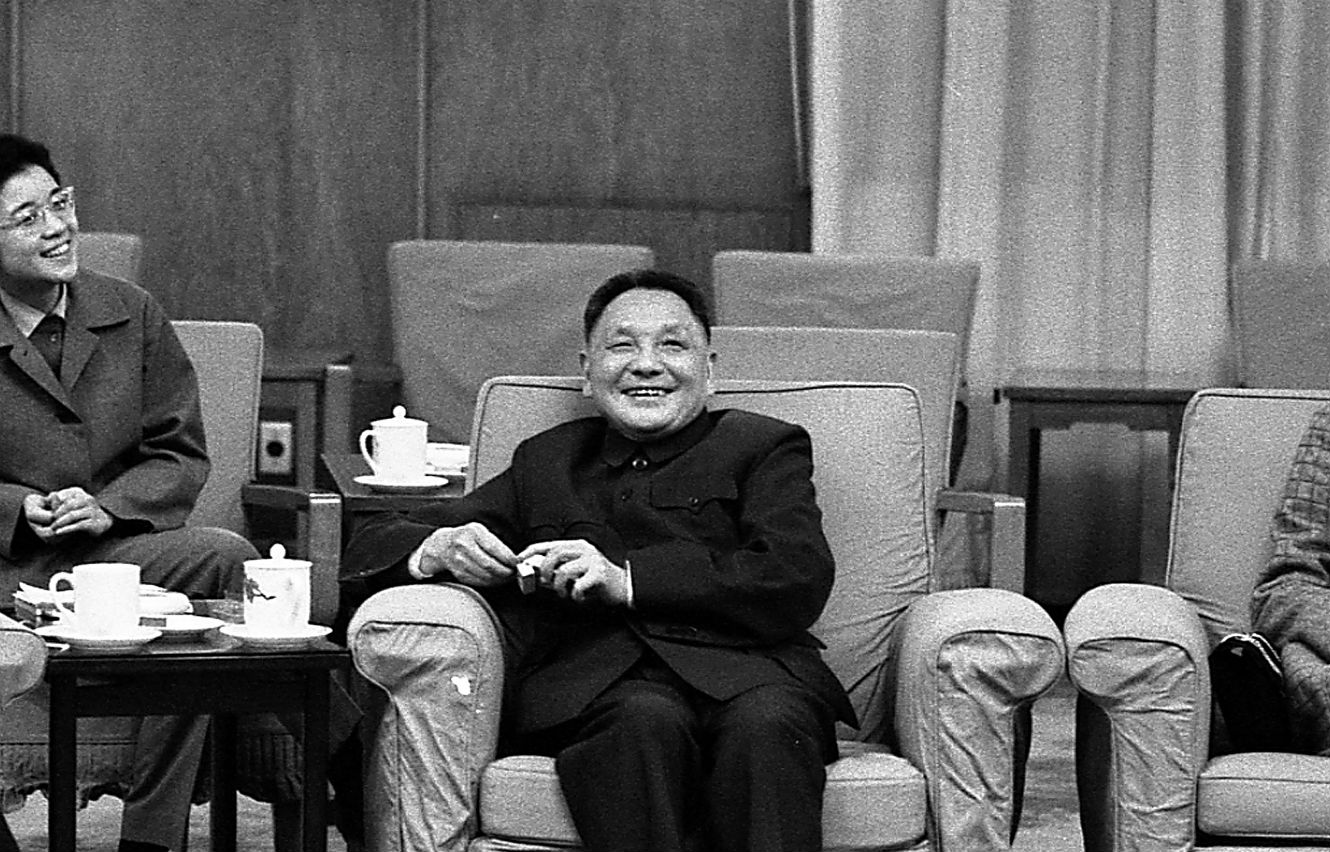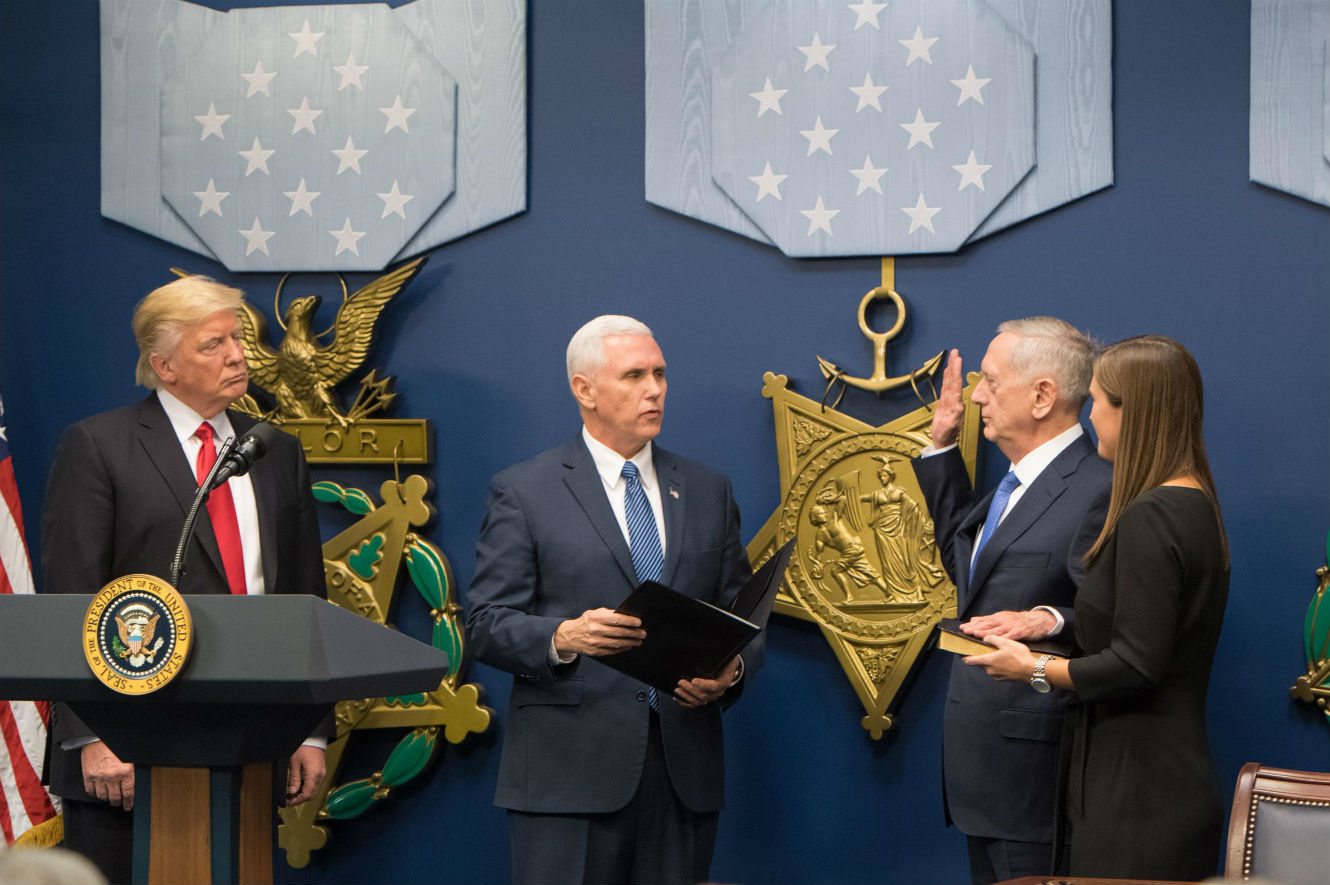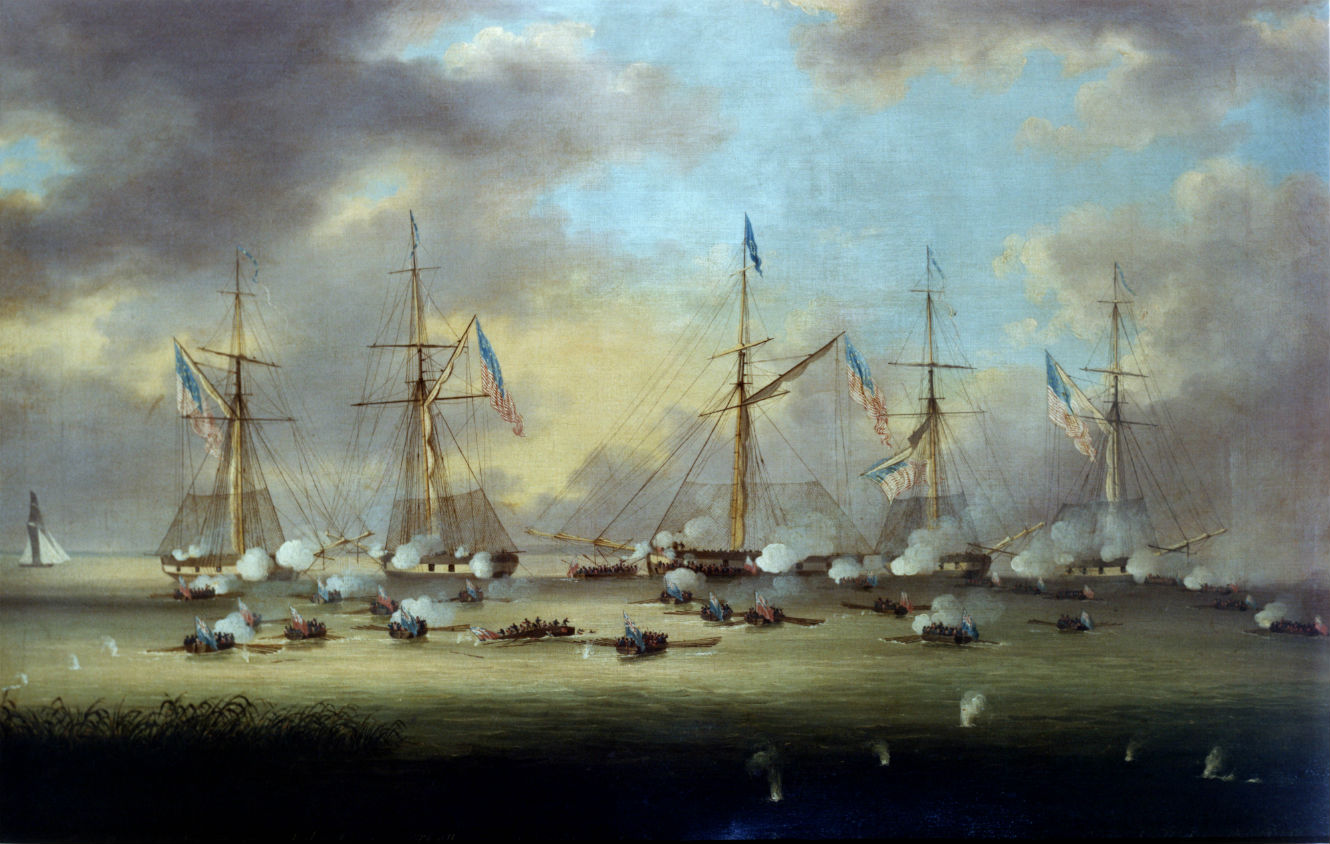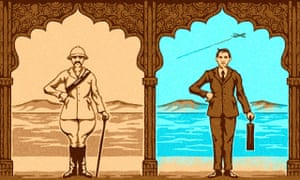Source Link
Jaideep Mazumdar
 Nearly 1,700 Bengali Hindu refugees from East Pakistan were massacred by police and communist cadres in the dawn of Jyoti Basu’s rule in Bengal.
Nearly 1,700 Bengali Hindu refugees from East Pakistan were massacred by police and communist cadres in the dawn of Jyoti Basu’s rule in Bengal.
Not a single person has ever been held accountable for what was by far the worst massacre of its own people by a state in independent India.
Sinister attempts have been made by communists and their acolytes to downplay, deny and even justify the massacre.
Tuesday will mark the 38th anniversary of one of the worst massacres in independent India that claimed the lives of over a thousand people, many of them women, children and the elderly. It was a cold-blooded, planned and horrendous massacre that few even in Bengal know about or care to remember.
Hardly anyone in India knows about it.
On 31 January 1979, the CPI(M)-led Left Front government, heady with its electoral success in Bengal two years before that, trained its guns on thousands of Bengali Hindu refugees who had fled persecution in East Pakistan (and then Bangladesh) and settled in an uninhabited island in the Sunderbans. Not only were these people desperately poor who had suffered the unimaginable trauma of having had to flee their hearth and homes across the border, they were also all Dalits and OBCs.
The events leading to the Marichjhapi massacre form a sickening narrative on the ugly, hypocritical, diabolic, brutal and inhuman character of communists. Marichjhapi, about 75 kilometres east of Kolkata as the crow flies, also stands as a damning indictment of Bengal’s red helmsman, Jyoti Basu, who presided over his state’s decline while his party gained in strength. It is yet another proof that human lives, even the lives of the poor whose cause they profess to champion, matter little to communists.
Migration From East Pakistan
Lakhs of Bengali Hindus have been fleeing religious, social and economic persecution in East Pakistan, and then Bangladesh, since a little before Partition in 1947. This migration peaked in 1947, and then again in 1970-1971 when the murderous West Pakistani army started a genocidal pogrom against the Bengali-speaking masses in East Pakistan, mainly Hindus. “These migrants were mostly poor, marginal farmers and people engaged in petty vocations in East Pakistan and were mostly Dalits and OBCs. The upper castes, the educated and the wealthy from East Bengal (which became East Pakistan in 1947) had already set up bases and homes in West Bengal before Partition. The poor and the lower castes stayed behind because they did not have the means to migrate,” explained Amiya Majumdar, a historian.
At the time of Partition, millions of lower caste Hindus decided to stay back in East Pakistan primarily because one of their most influential leaders, Jogendra Nath Mandal, gave a call to lower caste Hindus to stay back in East Pakistan instead of migrating to India. He was an ardent advocate of Dalit-Muslim unity, a disastrous experiment that was bound to fail (read about it in this article). Mandal’s plight represents that of the millions of the Dalits and OBCs who heeded his call; Mandal, who was Pakistan’s first labour and law minister, got completely disillusioned by the anti-Hindu policies of the government and its encouragement to Islamists who started forcibly converting Hindus to Islam and other large-scale atrocities on Hindus. He wrote a long resignation letter to then Pakistan premier Liaquat Ali Khan before fleeing to India in 1950.
Resettlement In Dandakaranya
Lakhs of Dalits and OBCs then started crossing over to West Bengal in the footsteps of Mandal after atrocities by Muslim fundamentalists, often encouraged by the authorities, started increasing. Initially, Bengali Hindu refugees were encouraged to settle down in West Bengal, Assam and Tripura. But soon, these three states could no longer absorb the burden of such a huge number of settlers and the Union Government decided to settle the refugees in Dandakaranya (which translates into ‘jungle of punishment’), a vast, arid and adivasi-inhabited region comprising parts of present-day Odisha, Chattisgarh, Madhya Pradesh and Maharashtra. The Union Government set up a Dandakaranya Development Authority (DDA) to facilitate settlement of refugees there and develop the region.
